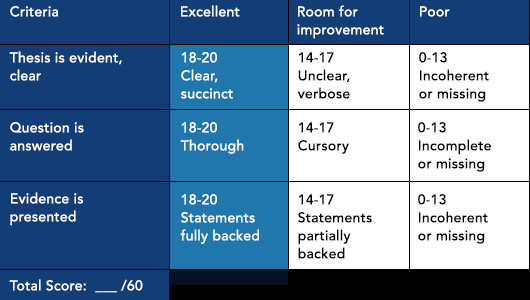Student Engagement
Student Engagement
Engagement can mean many things related to students and learning. While emotional engagement focuses on relationships and social presence, cognitive engagement and behavioral engagement have to do with students’ investment in learning and the Rigor and Relevance components of the 3-R (Rigor, Relevance, and Relationships) educational framework.
According to researchers Bundick, et al. (2014), content that’s relevant to learners’ lives, their future goals, and to their identities resonates with students. Further,students appreciate opportunities to choose how to complete assignments and value the chance to exercise some control over their own learning (Lake, 2017). As a result of this personalization, learners are often able to construct their own understanding based upon their previous experiences, and instructors can use feedback to increase their visibility and to boost student engagement (Martin & Bollinger, 2018).
Develop positive learner experiences and retain students with engaging material and activities. Read on for ideas of how to increase engagement in your courses.
Research and practical articles
- Bundick, M. J., Quaglia, R. J., Corso, M. J., & Haywood, D. E. (2014). Promoting student engagement in the classroom. Teaching College Record, 116(4).
- Deschaine, M. E., & Whale, D. E. (2017). Increasing student engagement in online educational leadership courses. Journal of Educators Online, 14(1)
- Lake, B. (2017). Engage your students with the 6 C's of motivation. Retrieved from https://teachonline.asu.edu/2017/11/engage-students-6-cs-motivation/
- Martin, F., & Bolliger, D. U. (2018). Engagement matters: Student perceptions on the importance of engagement strategies in the online learning environment.Online Learning Journal, 22(1), 205-222. doi:10.24059/olj.v22i1.1092
Pagination
- Page 1
- Next page









